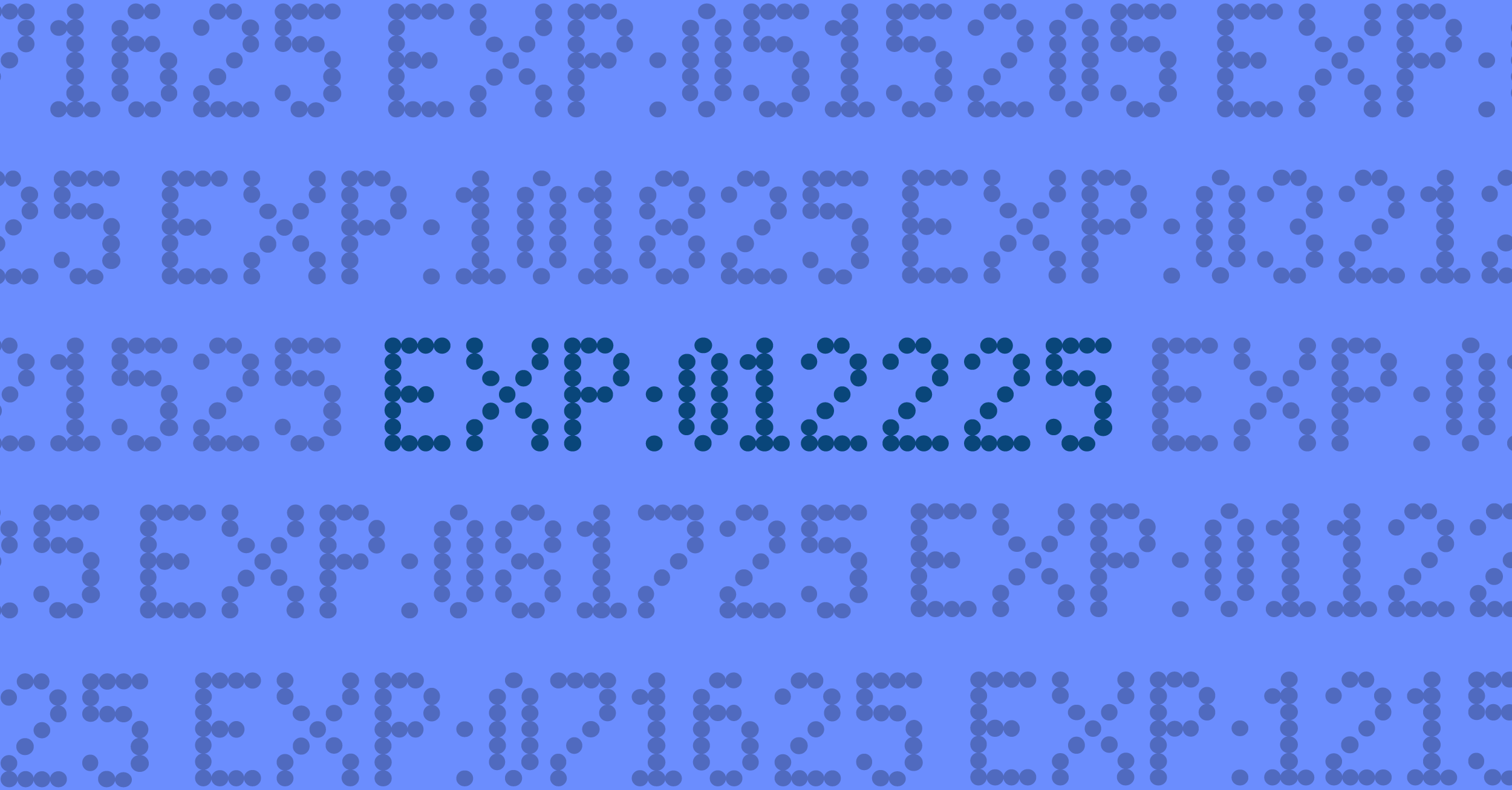At Hencove, we constantly strive for perfection, but sometimes a mistake falls through the cracks. Just recently, we put together a promotional email for a client, not noticing that a “the” was missing in the second sentence. The client flagged the omission and we apologized, corrected it and learned from our mistake. Nobody’s perfect, but you never want a simple error to distract from great work.
In an ideal world, we would have copyediting elves below our desks that could pop up and do a quick check whenever we write something important. Unfortunately, we don’t have elves, but we do have ourselves. With a little training and a shift in thinking, you can be a better editor, for yourself and your colleagues.
Change your thinking
Writing is a creative process where your brain adds words, concepts, and information. To effectively copyedit, however, you need to transition from your writing brain (your ‘adding brain’) to your editing brain (your ‘subtracting brain’). In editing mode, your brain should focus on scrutinizing the content, seeking ways to improve the finished product. One helpful tip is to review your work on paper, not on a screen, to further establish the editing mindset.
Check it, then check it again
The editing process takes time. To do it effectively, you should read through copy three to four times, each round with a different focus:
- Read without making changes. This will help you to gather an understanding of the copy’s intent and prevent reading for content in later steps, which can cause errors to be missed.
- Check that the writing has a beginning, middle, and end to form a cohesive story. Even an email should logically flow from introduction to conclusion. Make sure the reader can easily follow your logic.
- Make grammar and spelling changes. This is where you really need your editing hat, moving line-by-line to identify errors and grammatical mistakes.
- Read a final time to check your edits. New edits can introduce new errors, so review the copy one last time to make sure everything is in order.
Take your time
It’s ideal to take a break between writing and editing, especially for longer pieces. If you can, try to spread the two activities across two days. If a 24-hour embargo isn’t possible, take a quick break, make a coffee, or temporarily switch to a different project. The goal is to move out of your “writing” mindset so you can review the copy with fresh eyes.
Start from the end
Try reading backwards from end to start, sentence by sentence. This might feel awkward at first, but this technique stops your mind from closely following the “story” of the writing, which can distract and cause you to gloss over errors. Then you can focus on the content of each sentence instead of the overall story. Check to see that each individual sentence stands on its own, without the context of the overall story. This ensures that the reader is getting new information with each new sentence they read and avoids ambiguous writing.
Shout it out
Can you read this sentence: “Yuo cna porbalby raed tihs esaliy desptie teh msispeillgns.”?
As we learn to read, our brains also learn to make predictions and assumptions about what word or piece of information will come next. This is a great skill when we need to read quickly, but can be a detriment when we’re editing. One way to prevent presumptuous reading is to read aloud. You’re also more likely to catch phrasing that sounds awkward or cumbersome.
Hide, don’t seek
In the digital age, we’re all used to editing with tracked changes on. It can be an extremely useful tool, particularly to manage version control when multiple people are editing a document. When editing on your own, try “hiding” your edits, to help you to focus on the complete piece rather than the items in red.
Next time you edit, test out one of these strategies during your revision process. These new techniques just might help turn your rough draft into a polished piece. After all, who needs the editing elves?



